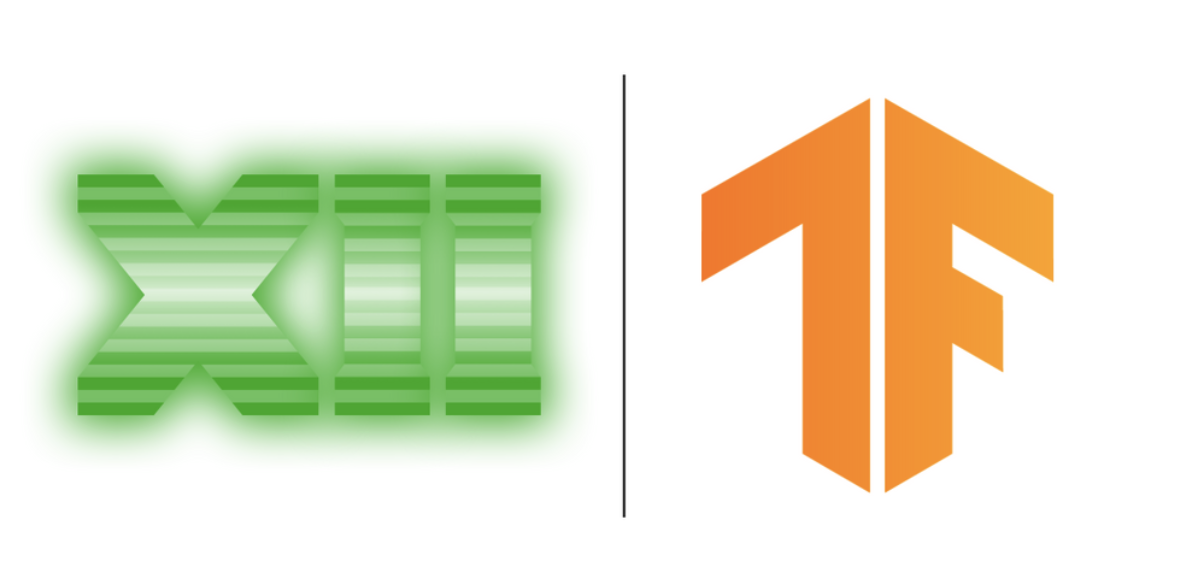Last June, Microsoft announced that it was working with hardware vendors on a project called TensorFlow-DirectML, which provides GPU-accelerated training of machine learning (ML) models on the Windows Subsystem for Linux (WSL). After a year of previews, the project has now ended its preview and released its official version.

As the name implies, TensorFlow-DirectML is a fork of TensorFlow that includes both Google’s TensorFlow machine learning platform and Microsoft’s DirectML API. developers can use TensorFlow-DirectML to get cross-vendor hardware acceleration for training ML models on Windows 10 and WSL. Developers can use TensorFlow-DirectML to get cross-vendor hardware acceleration for training ML models on Windows 10 and WSL.
Microsoft says it’s fairly easy for developers to use TensorFlow-DirectML, as it can be installed in a Python environment by running the pip install tensorflow-directml command. After that, it will automatically integrate with your existing scripts for training models. In addition to encouraging developers to use it, Microsoft will also be working directly with students and professionals, enhancing GPU scheduling and memory management mechanisms in the process as well.
Microsoft is working with vendors such as AMD, Qualcomm, Nvidia, and Intel to ensure a smooth experience between Windows 10 and WSL to accelerate training on GPUs that support DirectX 12. As of today, the system requirements for TensorFlow-DirectML are as follows.
Windows 10
- Windows 10 1709, 64-bit (Build 16299 or higher).
- Python x86-64 3.5, 3.6, or 3.7.
- One of the following supported GPUs.
- AMD Radeon R5/R7/R9 2xx series or later.
- Intel HD Graphics 5xx or later.
- Nvidia GeForce GTX 9xx series GPUs or later.
Note: Python 3.8 and higher is not supported at this time. To use the official PyPi package, the CPython interpreter is required, and NumPy 1.19.4 requires KB4598291 to work properly on Windows.
In the future, Microsoft promises to continue to further optimize the project and provide targeted support. Developers can view and learn more about this open source project on GitHub.